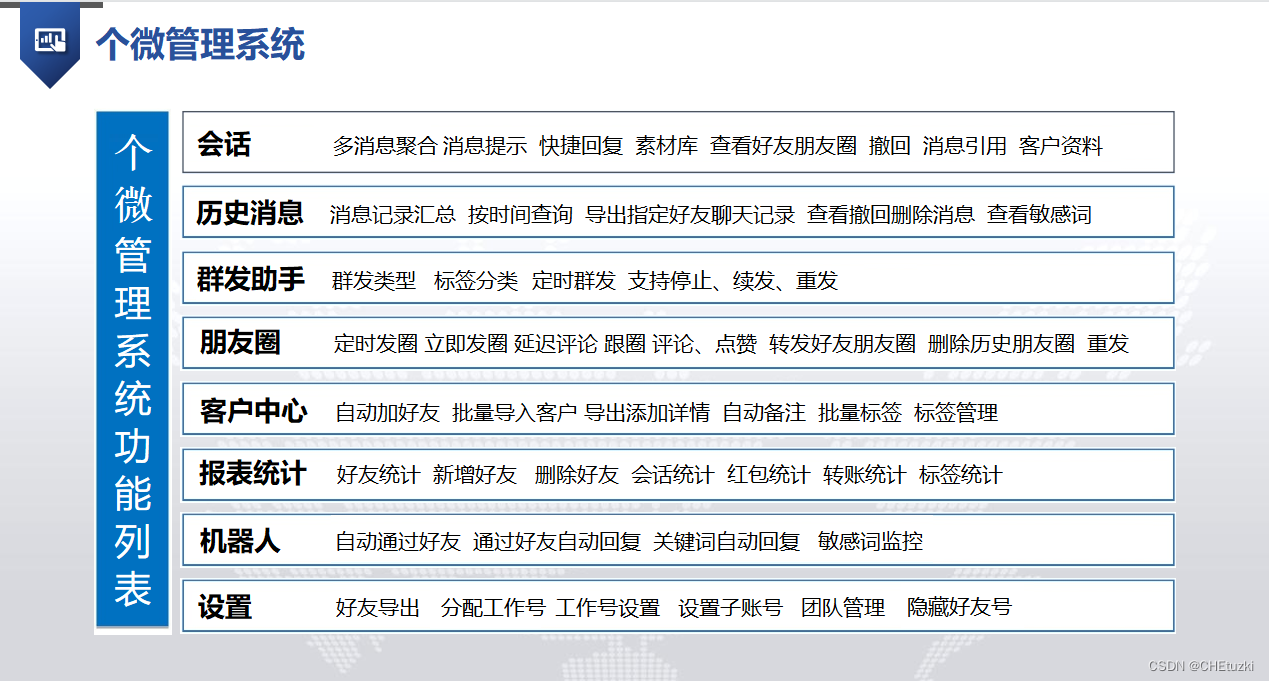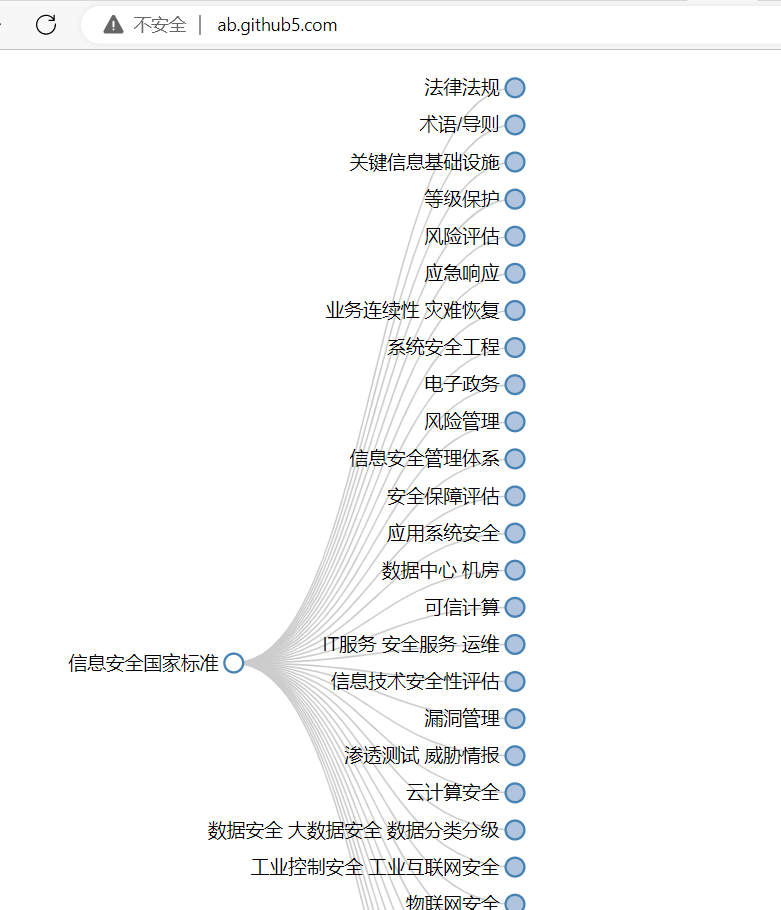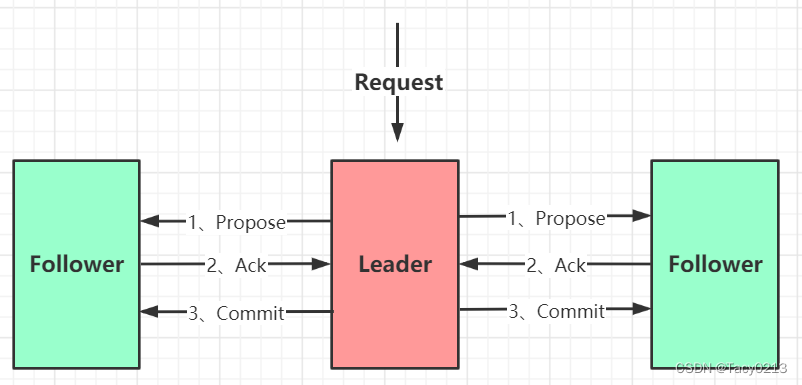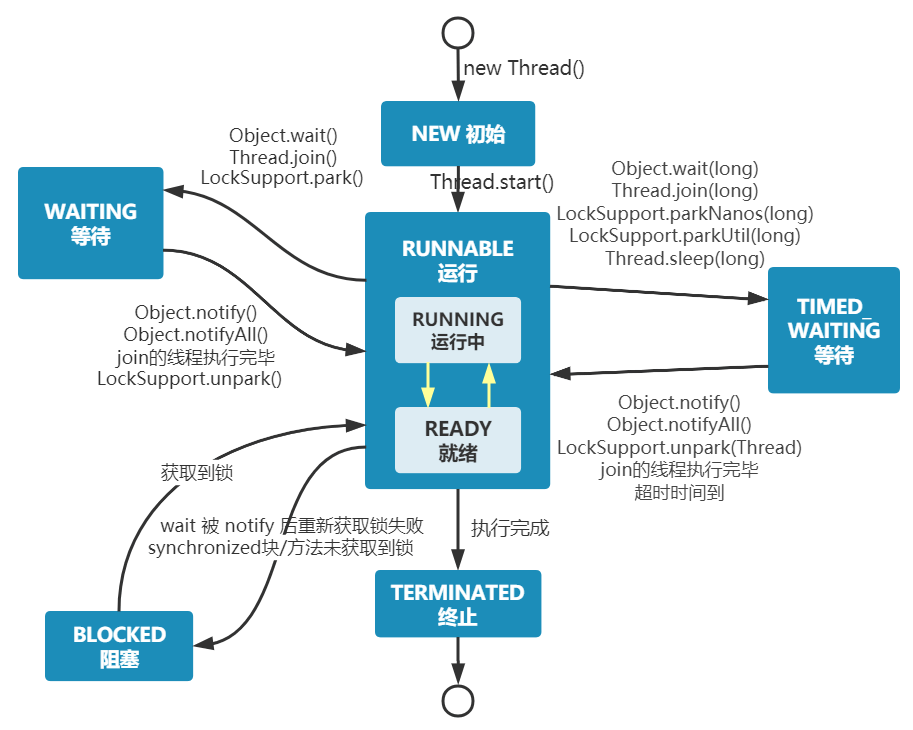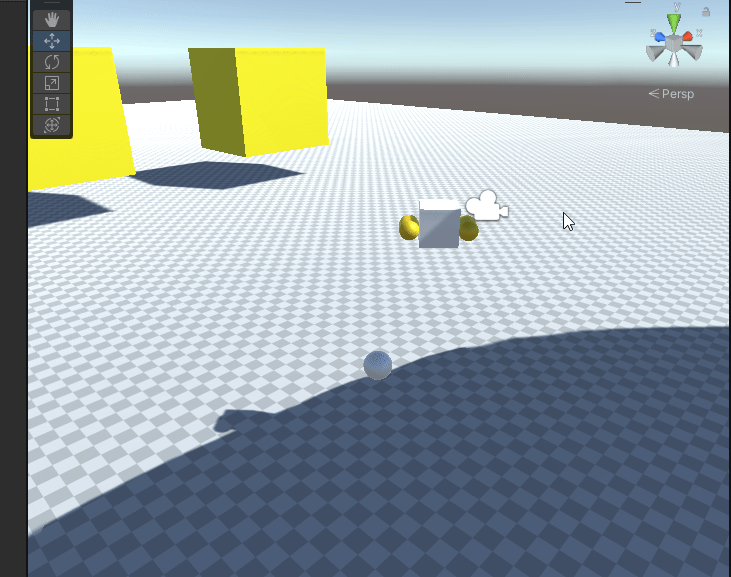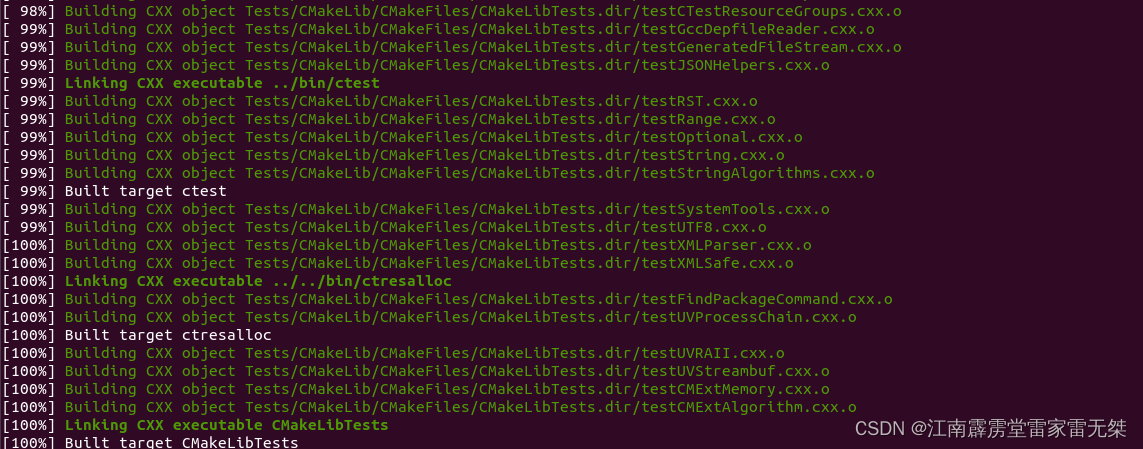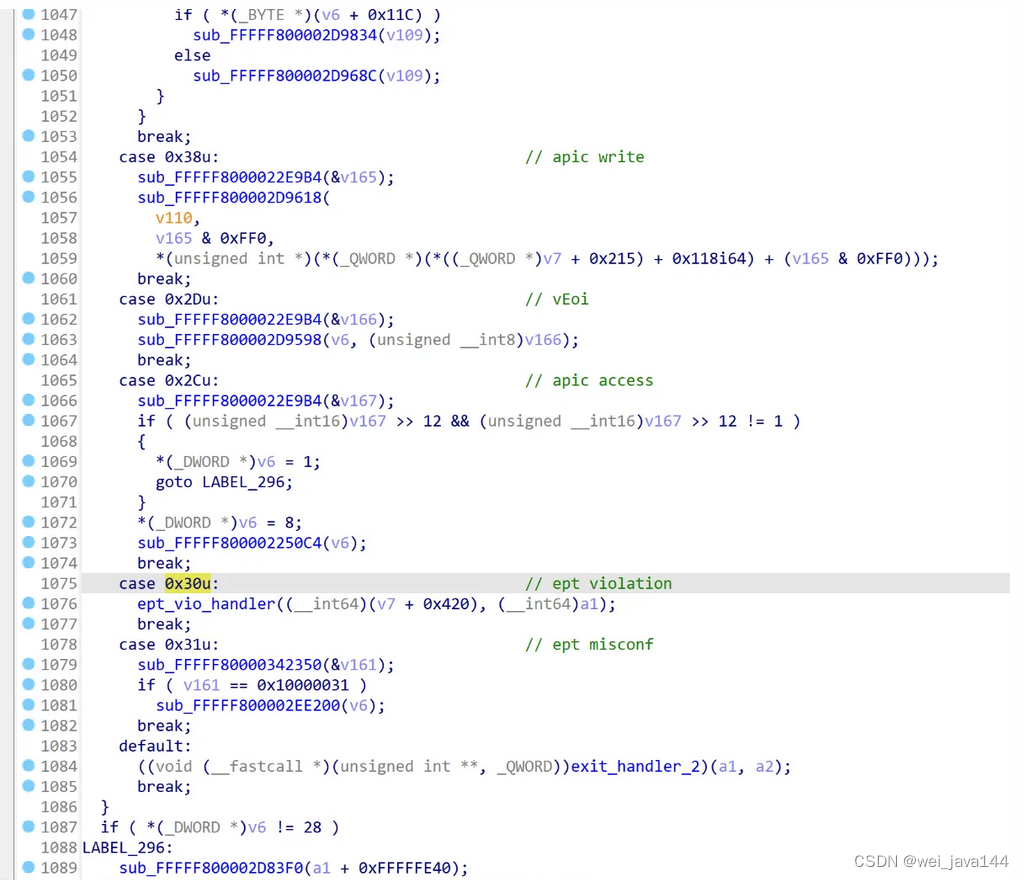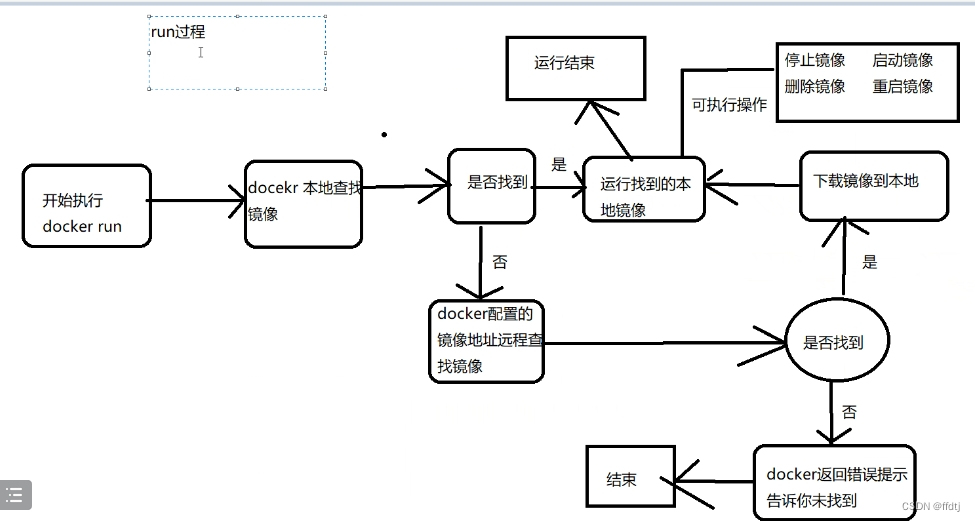深度优先遍历(DFS,全称为DepthFirstTraversal),是我们树或者图这样的数据结构中常用的⼀种遍历算法。这个算法会尽可能深的搜索树或者图的分⽀,直到⼀条路径上的所有节点都被遍历完毕,然后再回溯到上⼀层,继续找⼀条路遍历。
在⼆叉树中,常⻅的深度优先遍历为:前序遍历、中序遍历以及后序遍历。
三种遍历方式的最大区别是:处理根节点的时机不同。
1、计算布尔二叉树的值
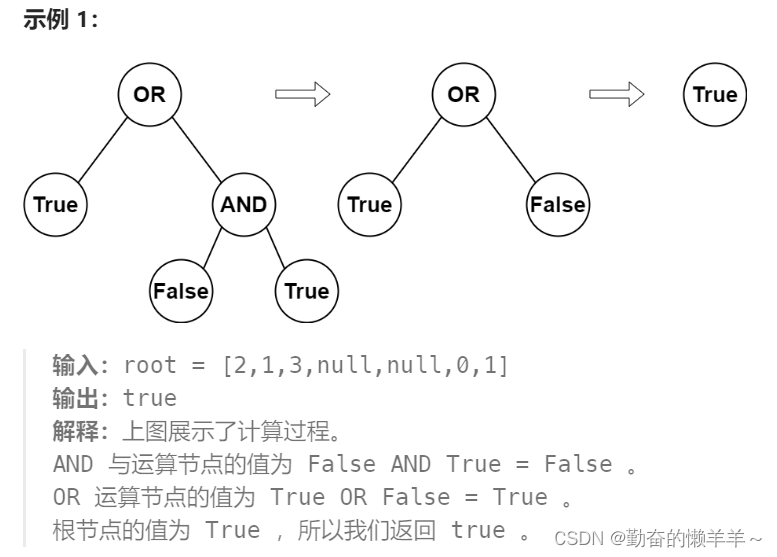
//后序遍历
class Solution {
public:
bool evaluateTree(TreeNode* root) {
if(root->left == nullptr) return root->val;
bool l = evaluateTree(root->left);
bool r = evaluateTree(root->right);
if(root->val == 2) return l | r;
else return l & r;
}
};2、求根节点到叶节点数字之和

class Solution {
public:
int dfs(TreeNode* root,int presum)
{
presum = presum*10+root->val;
if(root->left == nullptr && root->right == nullptr) return presum;
int ret = 0;
if(root->left) ret += dfs(root->left,presum);
if(root->right) ret += dfs(root->right,presum);
return ret;
}
int sumNumbers(TreeNode* root) {
return dfs(root,0);
}
};3、二叉树剪枝


/**
* Definition for a binary tree node.
* struct TreeNode {
* int val;
* TreeNode *left;
* TreeNode *right;
* TreeNode() : val(0), left(nullptr), right(nullptr) {}
* TreeNode(int x) : val(x), left(nullptr), right(nullptr) {}
* TreeNode(int x, TreeNode *left, TreeNode *right) : val(x), left(left), right(right) {}
* };
*/
class Solution {
public:
TreeNode* pruneTree(TreeNode* root) {
if(root==nullptr) return nullptr;
root->left = pruneTree(root->left);
root->right = pruneTree(root->right);
if(root->left == nullptr && root->right == nullptr && root->val == 0)
{
delete root;
root = nullptr;
}
return root;
}
};4、验证二叉搜索树
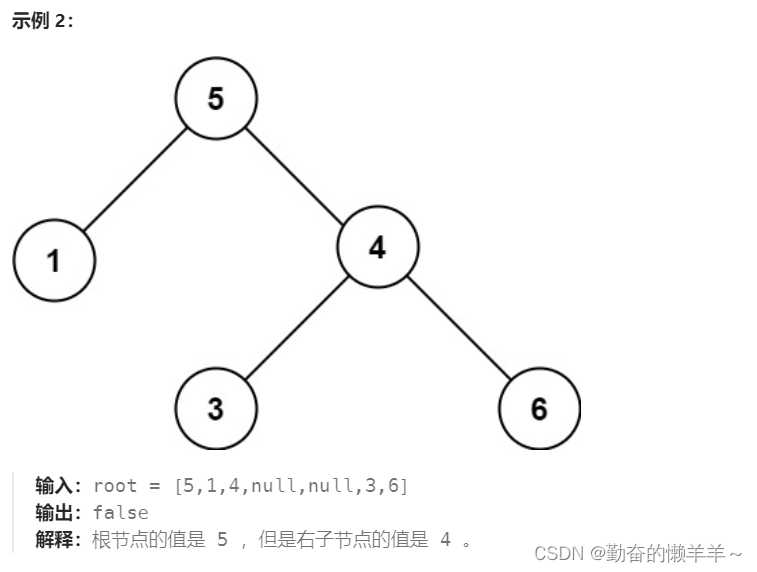

/**
* Definition for a binary tree node.
* struct TreeNode {
* int val;
* TreeNode *left;
* TreeNode *right;
* TreeNode() : val(0), left(nullptr), right(nullptr) {}
* TreeNode(int x) : val(x), left(nullptr), right(nullptr) {}
* TreeNode(int x, TreeNode *left, TreeNode *right) : val(x), left(left), right(right) {}
* };
*/
class Solution {
public:
long prev = LONG_MIN;
bool isValidBST(TreeNode* root) {
if(root == nullptr) return true;
bool left = isValidBST(root->left);
if(left == false) return false;
bool cur = false;
if(root->val > prev)
{
cur = true;
}
if(cur == false) return false;
prev = root->val;
bool right = isValidBST(root->right);
return left && right && cur;
}
};5、二叉搜索树中第K小的元素


/**
* Definition for a binary tree node.
* struct TreeNode {
* int val;
* TreeNode *left;
* TreeNode *right;
* TreeNode() : val(0), left(nullptr), right(nullptr) {}
* TreeNode(int x) : val(x), left(nullptr), right(nullptr) {}
* TreeNode(int x, TreeNode *left, TreeNode *right) : val(x), left(left), right(right) {}
* };
*/
class Solution {
public:
int count;
int ret;
int kthSmallest(TreeNode* root, int k) {
count = k;
dfs(root);
return ret;
}
void dfs(TreeNode* root)
{
if(root == nullptr || count == 0)
return;
dfs(root->left);
count--;
if(count == 0) ret = root->val;
dfs(root->right);
}
};6、二叉树的所有路径
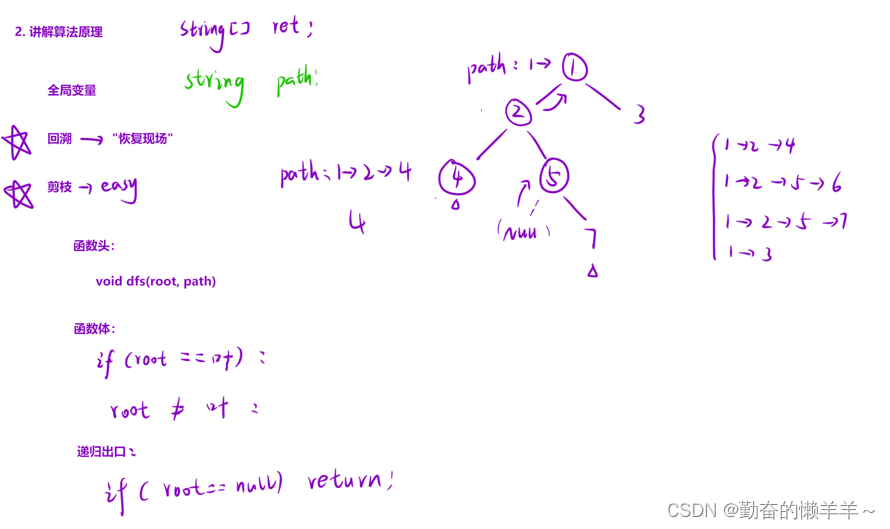
/**
* Definition for a binary tree node.
* struct TreeNode {
* int val;
* TreeNode *left;
* TreeNode *right;
* TreeNode() : val(0), left(nullptr), right(nullptr) {}
* TreeNode(int x) : val(x), left(nullptr), right(nullptr) {}
* TreeNode(int x, TreeNode *left, TreeNode *right) : val(x), left(left), right(right) {}
* };
*/
class Solution {
public:
vector<string> ret;
vector<string> binaryTreePaths(TreeNode* root) {
string path;
dfs(root,path);
return ret;
}
void dfs(TreeNode* root,string path)
{
path += to_string(root->val);
if(root->left == nullptr && root->right == nullptr)
{
ret.push_back(path);
return;
}
path += "->";
if(root->left) dfs(root->left,path);
if(root->right) dfs(root->right,path);
}
};